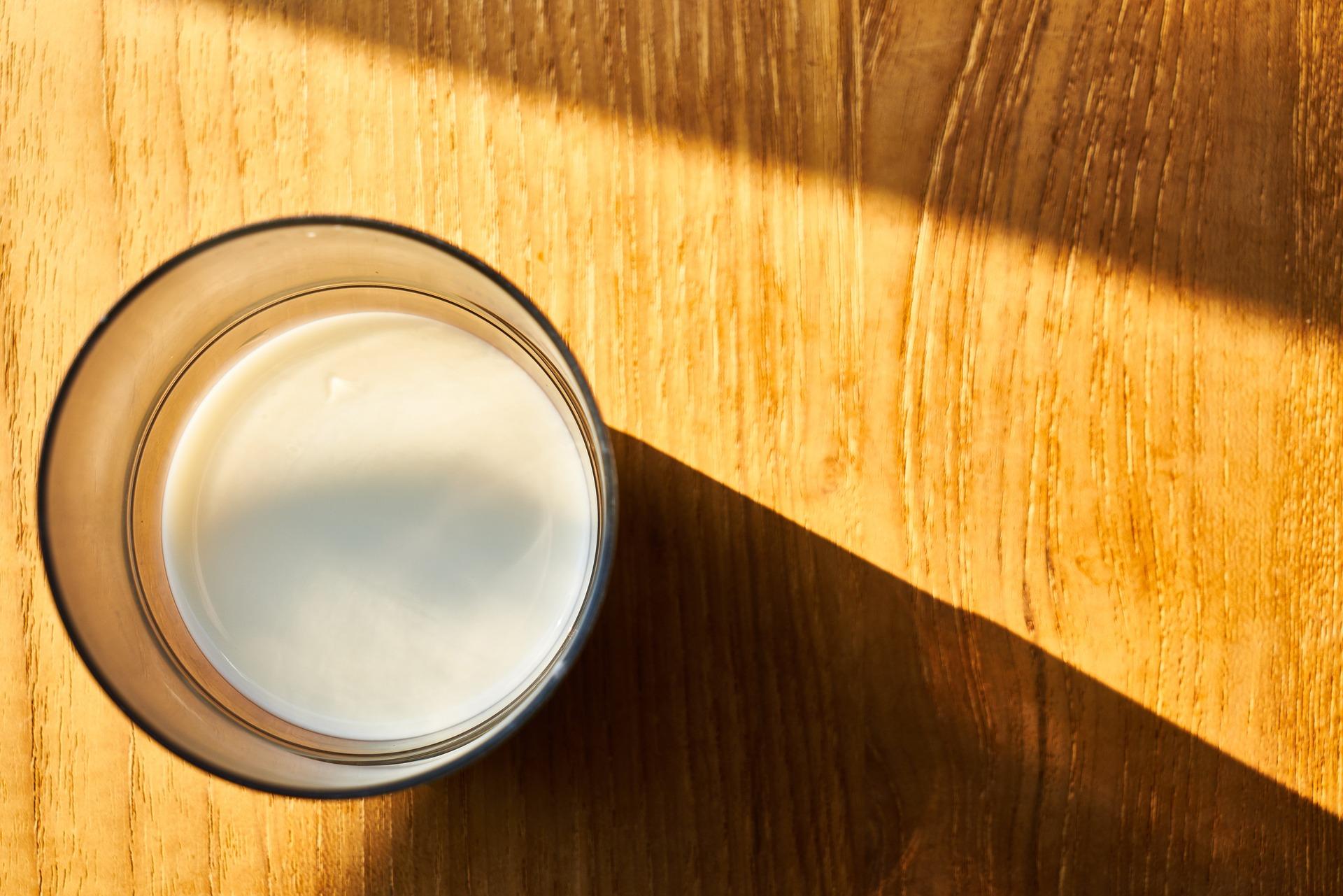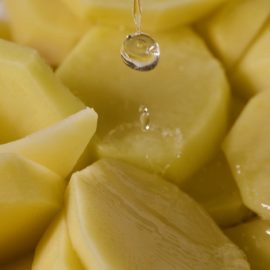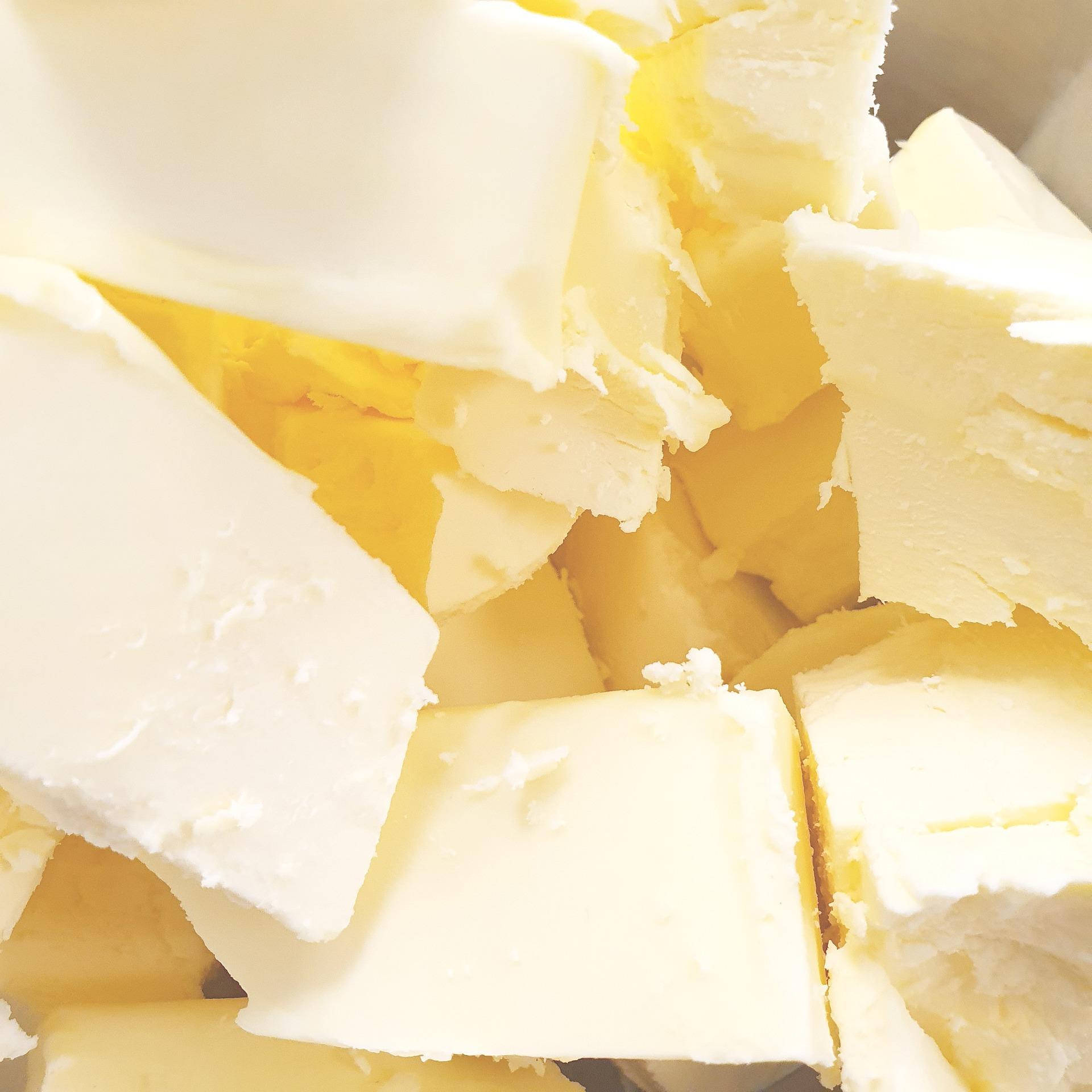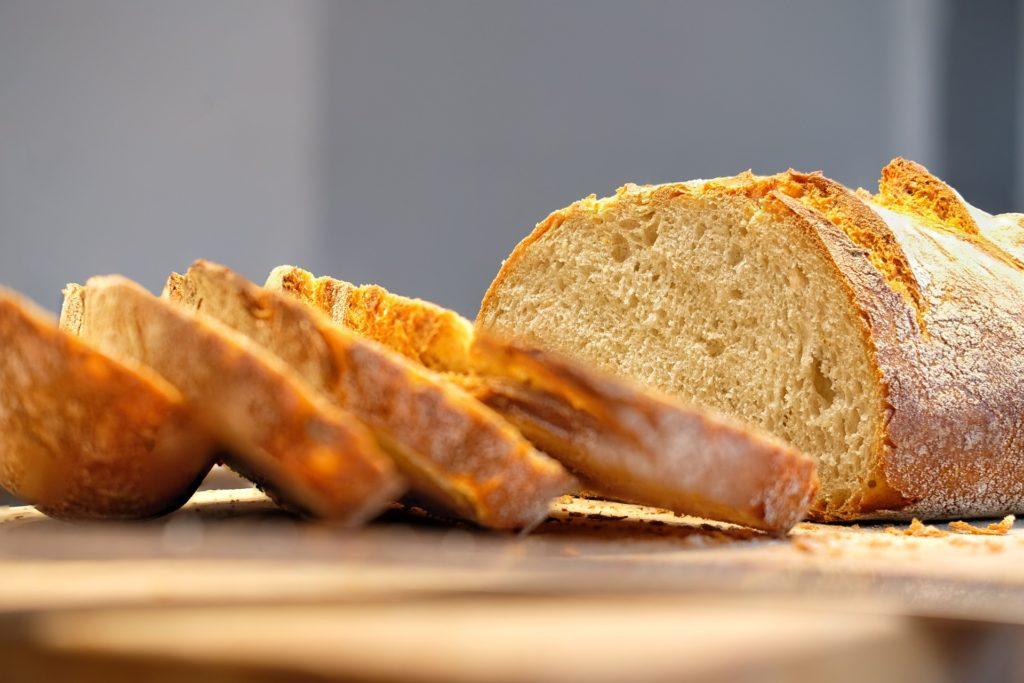
Staling is a complicated process that begins shortly after baking and involves a number of physicochemical changes. These are mostly associated with an increase in crumb stiffness and moisture loss. And as a result, there is a loss of eating quality because of flavor, color, and texture deterioration. But it does not mean stale bread has already gone bad. Stale bread still safe to consume, although not as good as freshly baked bread—you would want it soft.
You might also like: Starch Gelatinization: What Is It?
Some people store bread in the refrigerator to extend its freshness. But the truth is that it only makes things worse, quality-wise. Sure, the temperature inside the refrigerator slows down the growth of microorganisms, but it also speeds up the rate of starch retrogradation, or simply staling (more on this below).
But how to properly make stale bread soft, anyway? To explain better how, a brief explanation of how bread staling occurs should help.
Table of Contents
STALING AND RETROGADATION
Bakery products with a crust (mostly bread and cakes) tend to dry out quickly as water migrates from the crumb, resulting in a firmer and drier texture. The crust, on the other hand, tends to become rubbery or soggy. The rate at which these changes occur is determined by storage conditions, crust thickness, and the product’s crust-to-crumb ratio. For most consumers, the condition of the storage area (such as the refrigerator) is the culprit. The maximum staling rate for bread is thought to occur at refrigerated temperatures.
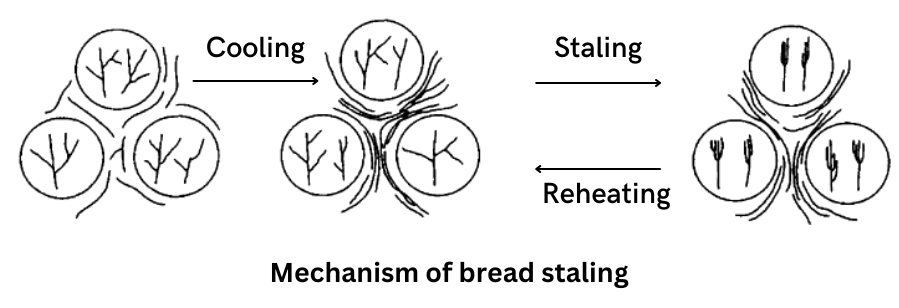
In baking science, these changes occur during starch retrogradation. Starch retrogradation is when starch in bread cools and reverts to a more crystalline structure. Starch granules contain polysaccharides amylose and amylopectin. Both of these may be involved in a textural shift that causes them to become more “gritty” over time. This is evident when warm starch molecules in bread cool, shrink and then firm up in the process of staling.
Starch in freshly baked good, however, is still in existence in gel form. A bread is said to be “fresh” when the starch remains as a gel. When the starch regains its crystalline structure, the product gets firmer and becomes “stale”. In science, this is referred to as starch retrogradation.
You might also like: The Science Of Rising Bread (And Why Yours Is Not)
Starch retrogradation is more likely to occur in high amylose starch. This is the same reason why long grain rice, as left over, becomes hard over time. Amylose retrogradation is nearly finished by the time the product has reached room temperature. Amylopectin retrogradation takes longer than amylose retrogradation, and is thus the principal cause of staling.
MAKING STALE BREAD SOFT
Commercial breads are able to prolong their freshness because of the additives they contain. Such ingredients bakers use include emulsifiers or bread softeners such as sodium stearoyl lactylate, monoglycerides, and calcium stearoyl lactylate. They are permitted at a QS level in all baked products, and retard retrogradation during cooling and subsequent storage by binding to the amylose fraction of the wheat starch at raised temperatures.
You might also like: How Long Until Bread Begins To Mold?
Sure, commercial breads stay fresh for longer because of the ingredients they contain, but they become stale eventually. Some people would throw bread that has become stale. That is a wrong habit, though. Luckily, there are a few proven ways to revive stale bread. Here they are:
Reheating in the oven
To do this, turn on the oven and set it at 300ºF (150ºC). Reheat the bread for up to 15 minutes. This will depend on the degree of dryness and the size of the bread. The idea here is to replace the moisture that was lost. So you would want to wrap the bread first in damp towel or brush the crust with water before wrapping it in foil. The steam is retained by the wrapping as the water tries to evaporate. The bread then absorbs the steam to become noticeably softer. The big question is, is reheated bread the same as it was fresh out of the oven?
Definitely no. A freshly baked bread has a soft crumb and a crispy crust. But with a reheated bread, do not expect a crispy crumb.
And remember that the effect of this method works only for an hour or two before starch retrogadation sets in again so immediately consume your revived bread.
Steaming
The process of steaming stale bread is similar reheating in the oven. To do this, bring a pot of water to a boil in a steamer to generate steam. And then place the bread in the steamer for up to 15 minutes, but 5 minutes should usually suffice.
This method works best if the bread is very hard as this produces more moisture and less heat.
References:
W. Zhou, Y. H. Hui, I. DeLyn, M. A. Pagani, C. M. Rosell, J. Selman, N. Therdthai (2014). Bakery Products Science and Technology (2nd edition). John Wiley & Sons, Ltd
V. Vaclavik, E. Christian (2014). Essentials of Food Science (4th edition). Springer.
S. Cauvin, L. Young (1999). Technology of Breadmaking. Aspen Publication, Inc.
M. Gibson (2018). Food Science and the Culinary Arts. Academic Press
